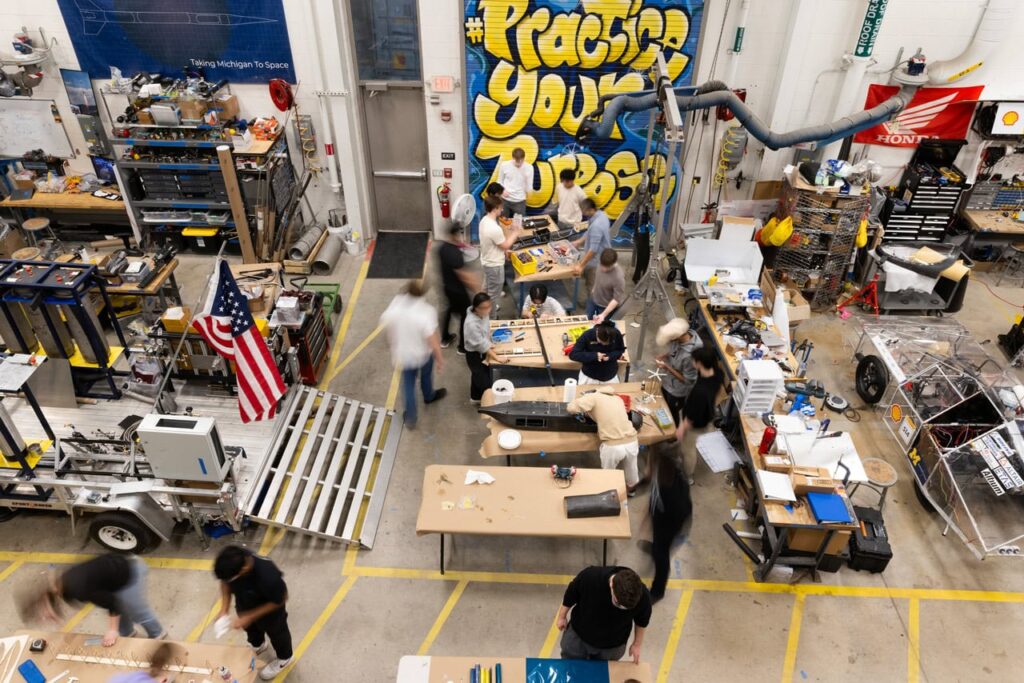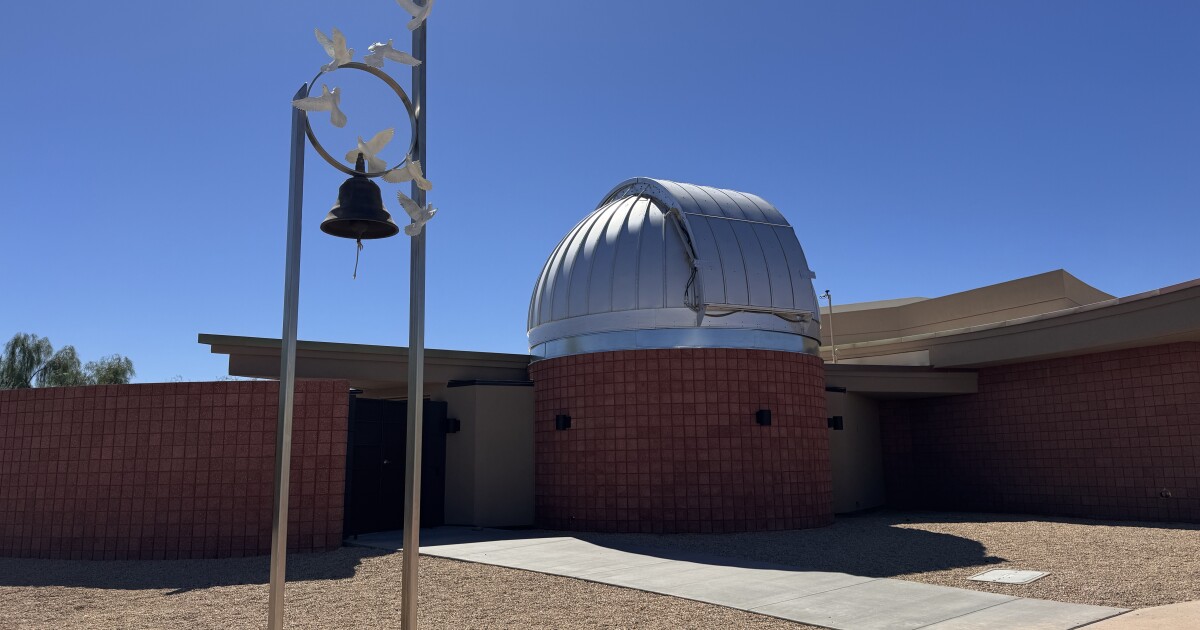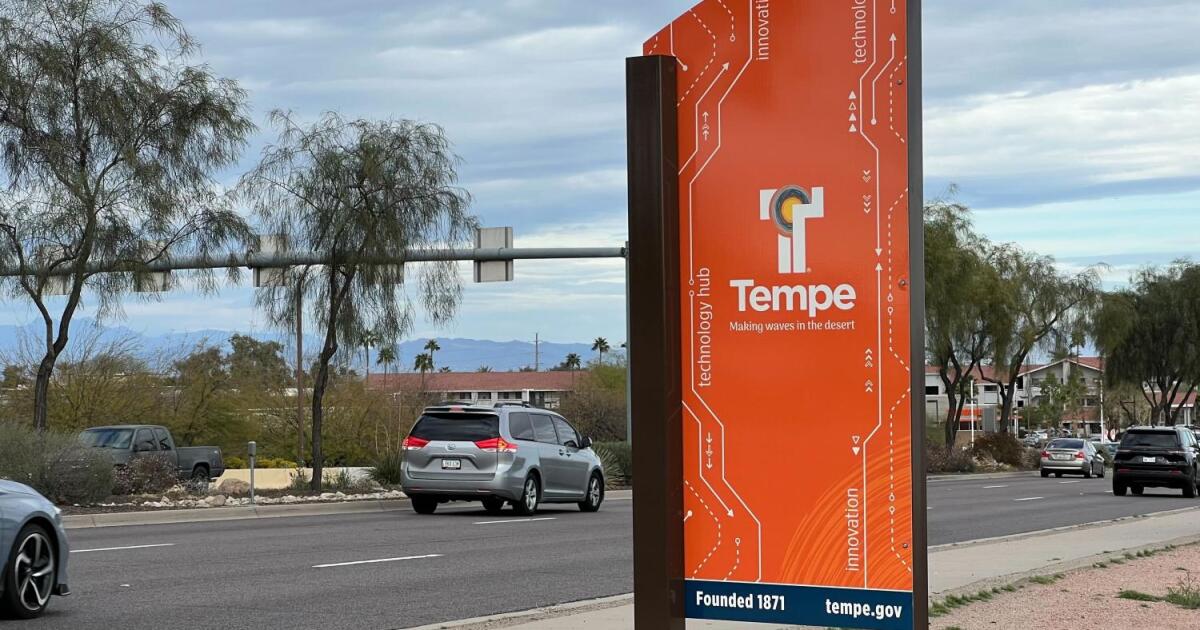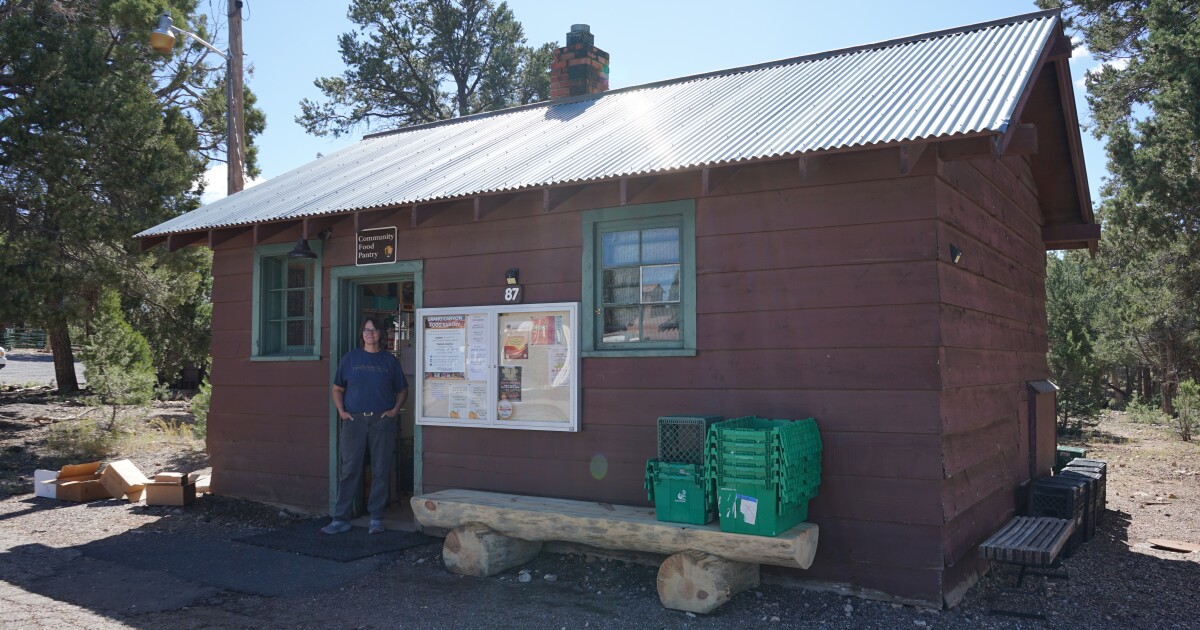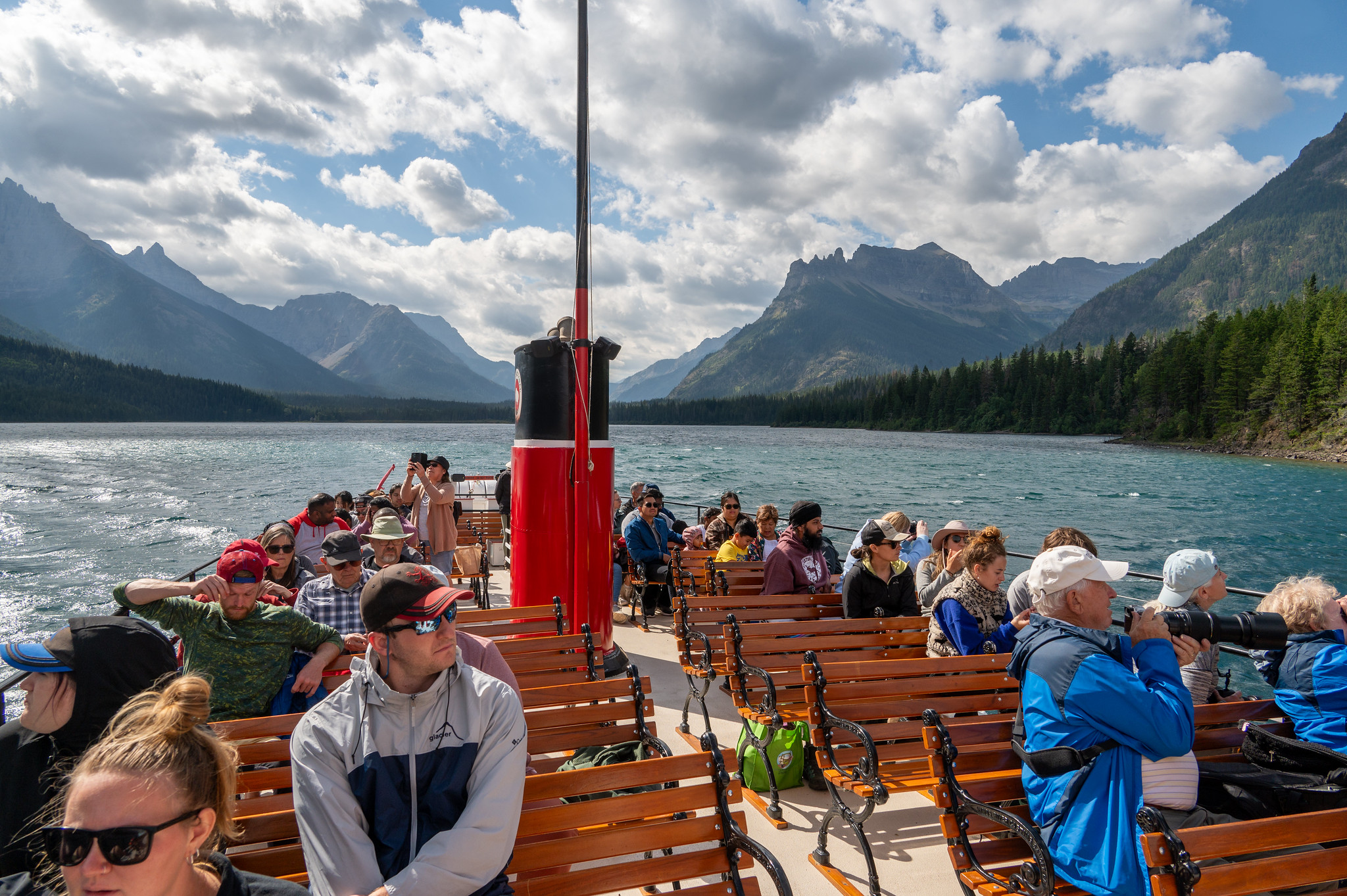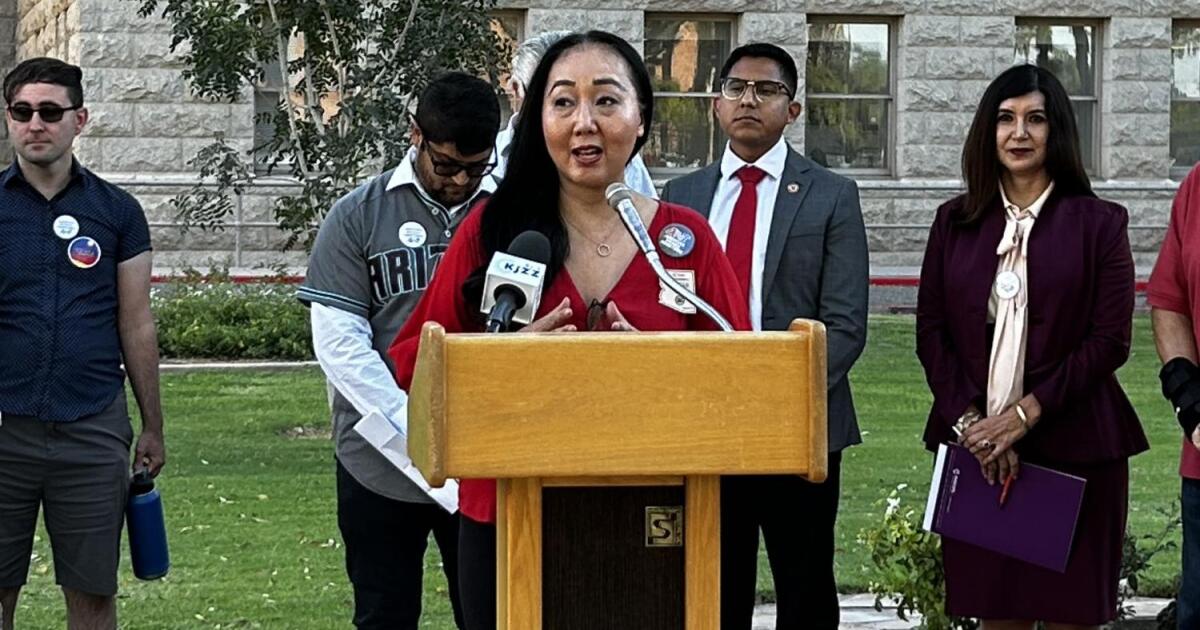Growing up in California’s Bay Area, Simran Bagri wasn’t familiar with Michigan or U-M. However, she applied after discovering the Wilson Center.
Michigan Engineering’s Wilson Student Team Project Center, a nearly 25,000 square-foot makerspace, is equipped with lathes, mills, 3D printers, and computer-aided design equipment. This state-of-the-art facility allows students to build solar-powered cars, rockets, off-road vehicles, submarines, Mars rovers, and even a concrete canoe. The space, open 24-7, is a hub of activity, with machinery buzzing and students collaborating late into the night.
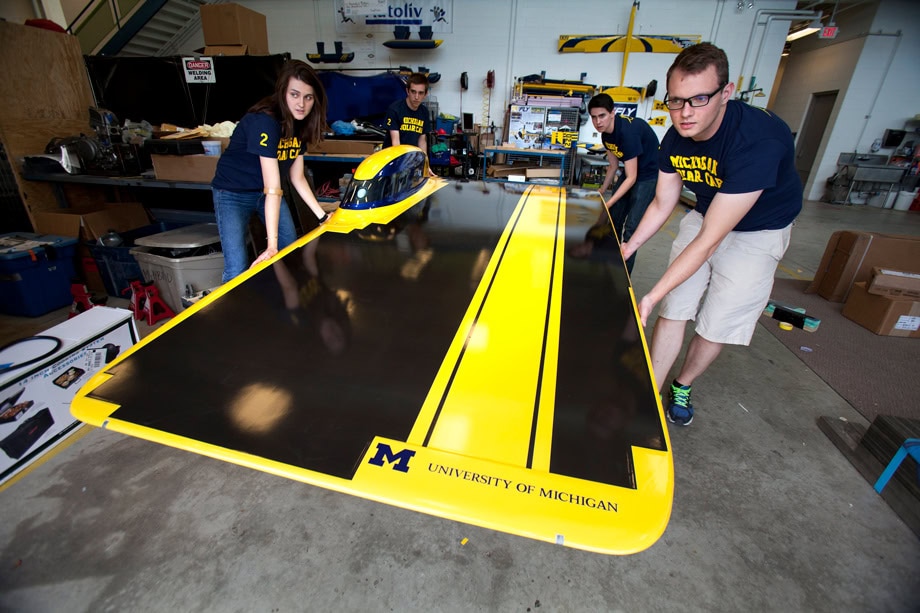
Bagri was captivated by the center’s 30-plus student teams, one of the largest student team networks among U.S. engineering colleges. She appreciated that these teams are student-run and open to everyone. “There’s just so many opportunities available for students as long as we take the initiative to seek it and take it,” she said. “I really love that.”
The student-centric spirit is intentional, going back 25 years to when Wilson was founded to allow students to build and learn without limits, making mistakes that turn them into stronger engineers. Today, Wilson supports Michigan Engineering’s Experiential Learning Framework, a core part of its undergraduate education philosophy.
“Pretty much everything here happens because the students make it. And to me, that’s the secret sauce,” said Chris Gordon, Wilson’s director. “We give them that latitude as a matter of philosophy because that’s what student organizations here are about.”
Any team, any time
Gordon explains that Wilson Center teams are different from those at other engineering schools, which can be tied to class credit or have lengthy application processes. Most of Wilson’s staff is comprised of students in paid positions overseeing machinery and activity. This student-led philosophy has driven innovation, with students continually pushing boundaries. They’ve also built deep relationships with corporate sponsors who provide expertise and often hire student team members after graduation.
“The ambition and complexity has grown so much,” he said. “The MASA rocket team is a great example. A few years ago, they were using off-the-shelf solid rocket motors. Then they decided they wanted to design and build their own liquid-fueled rockets, so they went and did it. Today they’re basically a mini-NASA.”
The loose structure allows students to try several teams before committing. Bagri gravitated to the Michigan Baja Racing team, which designs and builds an off-road racing car annually to compete in Baja SAE International competitions.
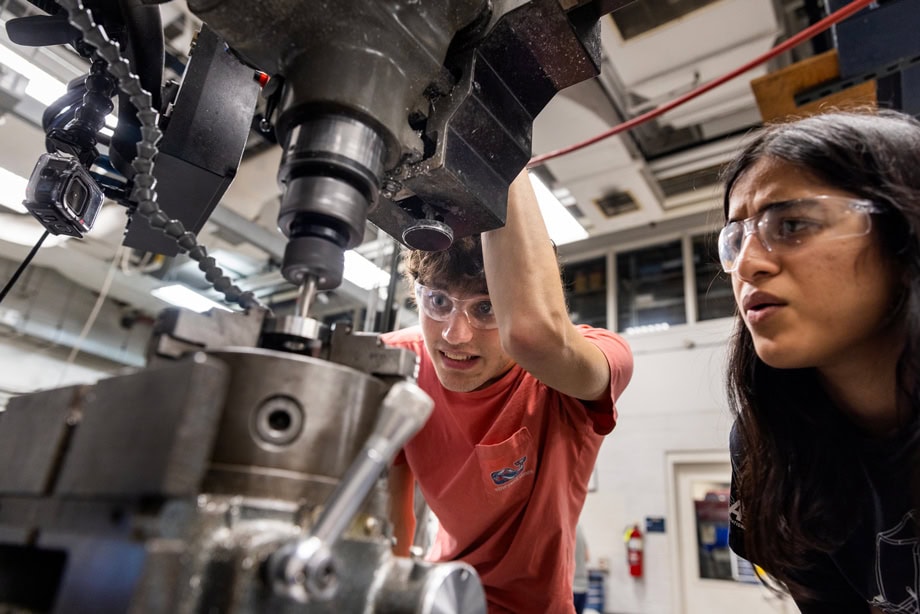
“I thought it was amazing that you could go from knowing absolutely nothing to being able to build a complete car,” she said. “It’s a steep learning curve, but there are always people to help, and you end up actually learning some things faster than you would in class.”
Building stuff, building skills
Students who return to Wilson teams emphasize that, while competing and winning is fun, learning—and sometimes failing—is the real goal.
“If you have an idea, you can bring it to life,” said Derek Johnson (BSE ME ‘23), a mechanical engineering alum. “There’s not some expert over there saying, ‘that’s dumb, that’s not going to work.’ Sometimes we end up wasting time, but at the end of the day, we learn from everything we do.”
Johnson, a member of the Michigan Supermileage Team, which builds electric and internal combustion vehicles designed for fuel economy, has parlayed his Wilson Center experience into a career as a design and test engineer for Toyota and Nissan.
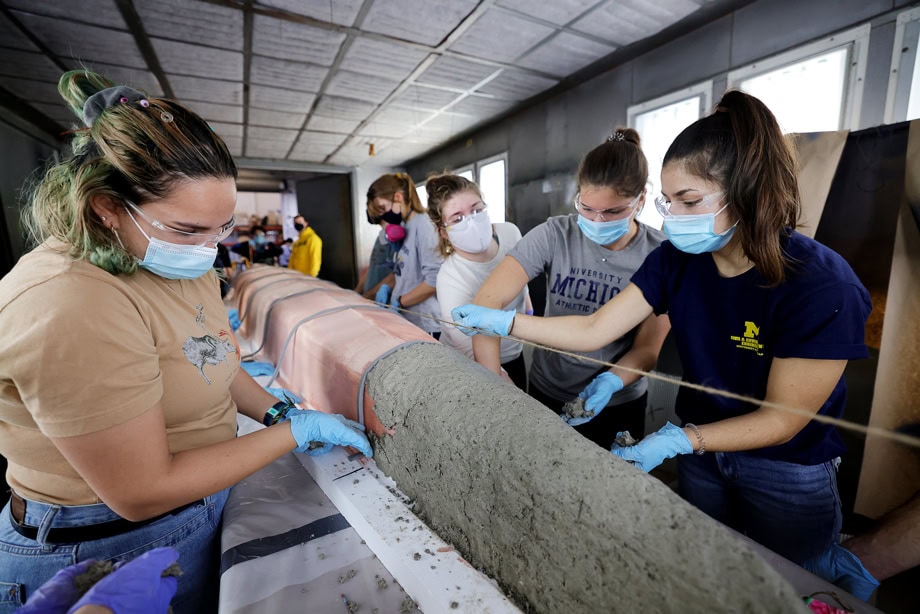
Wilson Center teams also teach soft skills that can be just as important as engineering know-how. Aerospace engineering alum Danny Ellis (BSE Aero ‘10, MSE ‘13) was a member of a student team that built autonomous flying drones. He learned leadership and fundraising skills that helped him found SkySpecs, a wind energy company. Its wind turbine inspection drones monitor the majority of wind turbines in North America and are deployed on every continent.
“At Wilson, I learned how to work with a group of people on a common idea and a common passion. I learned how to budget. I learned how to raise money from sponsors,” he said. “And I made lifelong friends.”
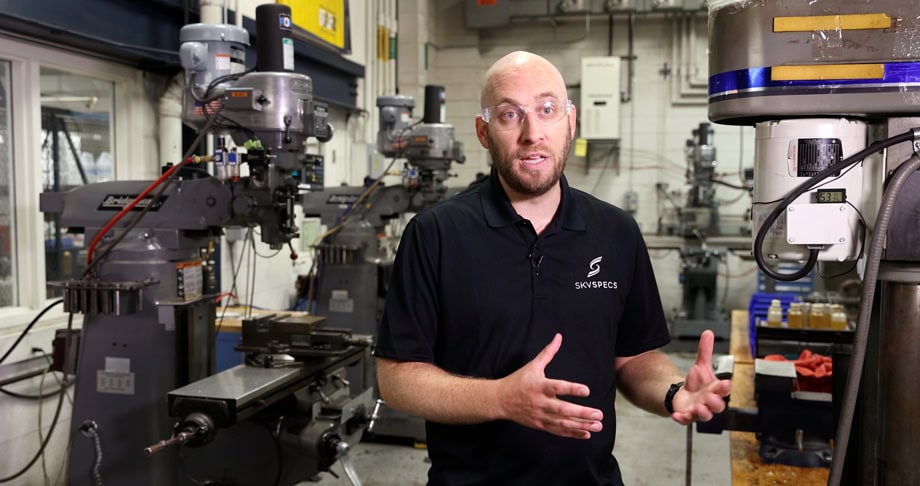
With so many teams, space inside the center can be at a premium. Gordon has presided over steady expansion since he joined in 2011, a year after the center doubled in size to 20,000 square feet thanks to a gift from Vincent T. and Gloria M. Gorguze. The center’s original 10,000 square-foot building opened in 1999, the result of a bequest from Walter E. Wilson (BSE ME ‘33), a U.S. Navy veteran who worked in the chemical industry.
Beyond engineering
Also managed by the Wilson Center is the 4,500 square-foot Robotics Makerspace in the Ford Motor Company Robotics Building, which opened in 2021. Gordon sees this expansion outside the core building as a key strategy to meet the needs of not only the College of Engineering but the entire U-M campus.
“Wilson has kind of evolved into the front door that students come to when they need to make something—we work with the architecture school, the art school, the School of Music, Theater and Dance and many other entities across campus. And that benefits not only the students in those schools, but also engineering students who get exposure to other disciplines.”
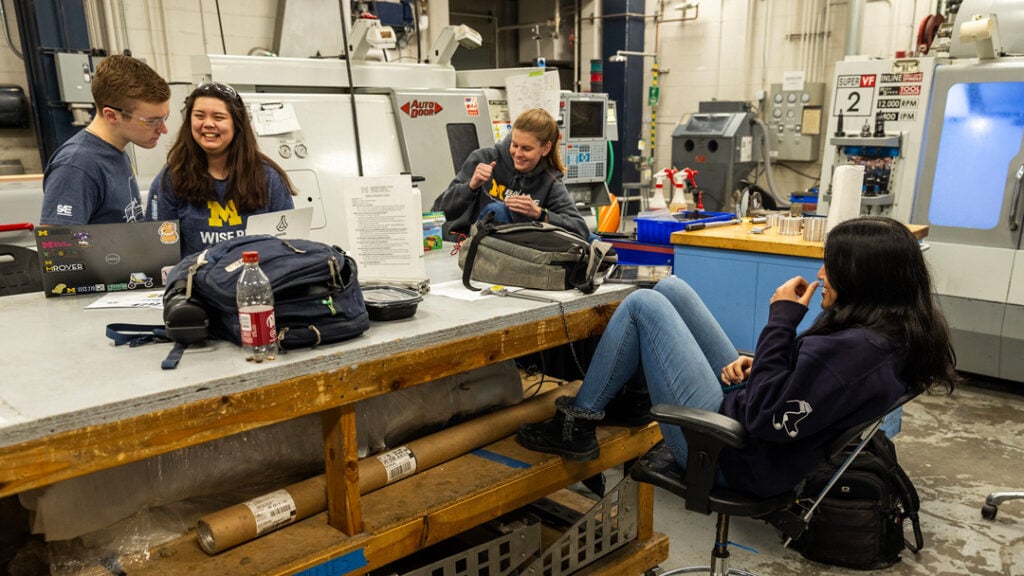
Wilson’s influence extends beyond the College of Engineering, imparting knowledge that goes beyond building a machine. Electrical engineering junior Casseia Watson said, “When I first came here, I was scared of not knowing, scared of being judged. But the Wilson Center changed me. It has made me a lot more willing to ask questions, more willing to admit that I don’t know something and ask for help. And that has helped me in all aspects of my life.”
Watson, a member of the Michigan Electric Boat team, is helping to build a speedboat with a planned top speed of up to 150 miles per hour. If successful, they’ll shatter the world speed record for an electric boat, which currently stands at 121 miles per hour.
“I like to say, ‘Just show up.’ The community is amazing,’” she said. “Everybody talks to everybody. You make friends right away. Just go. And just start.”
Related Stories
—
Read More Michigan News

